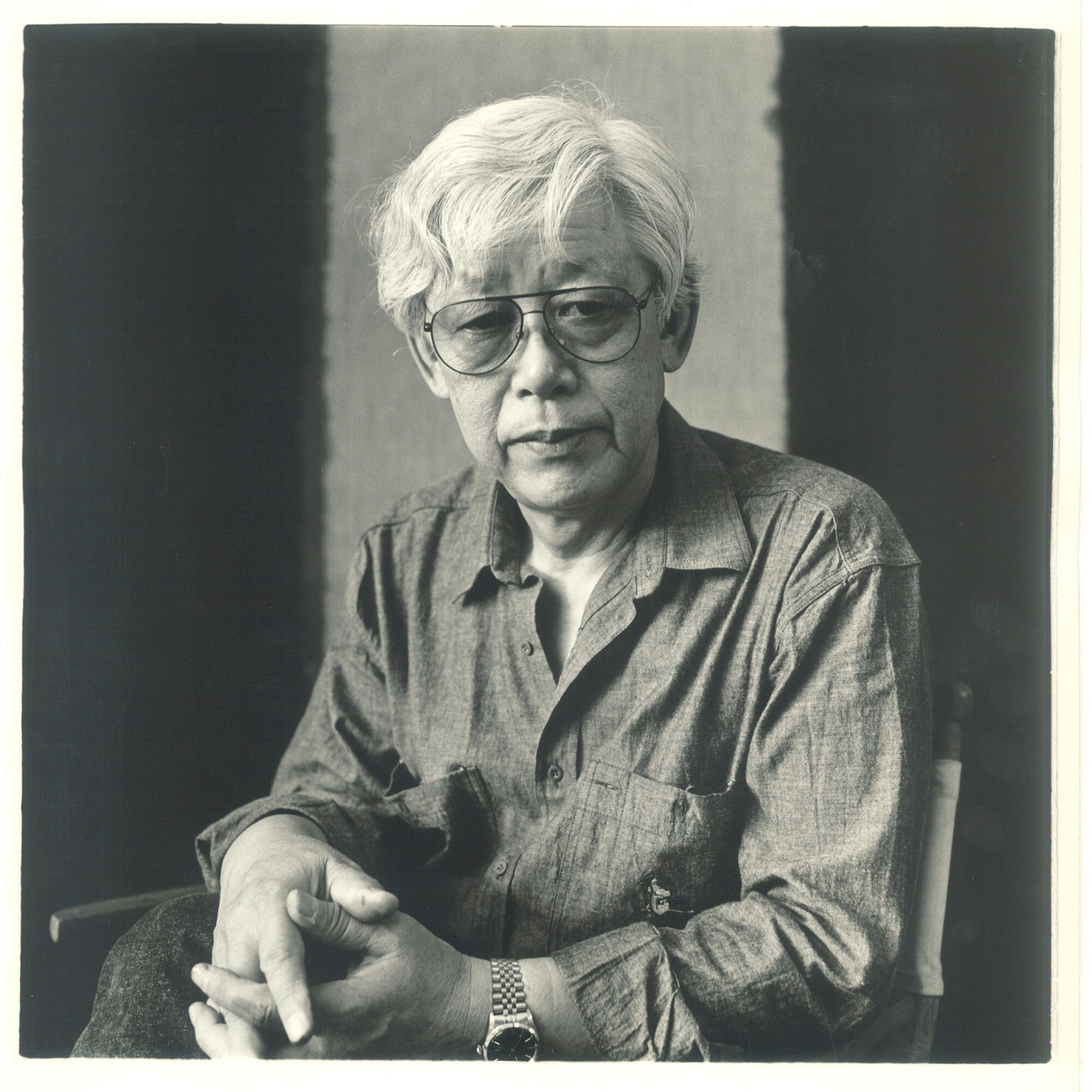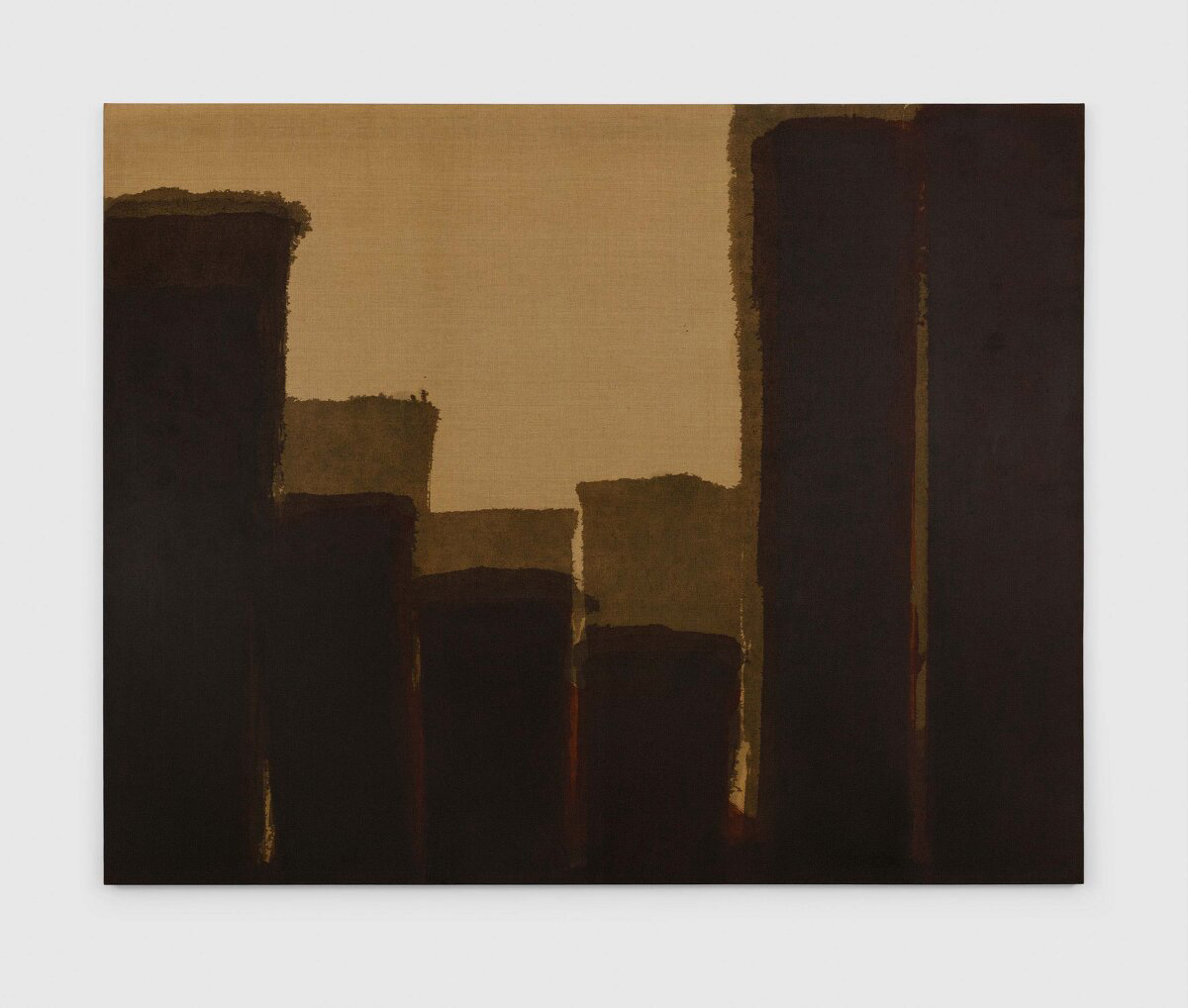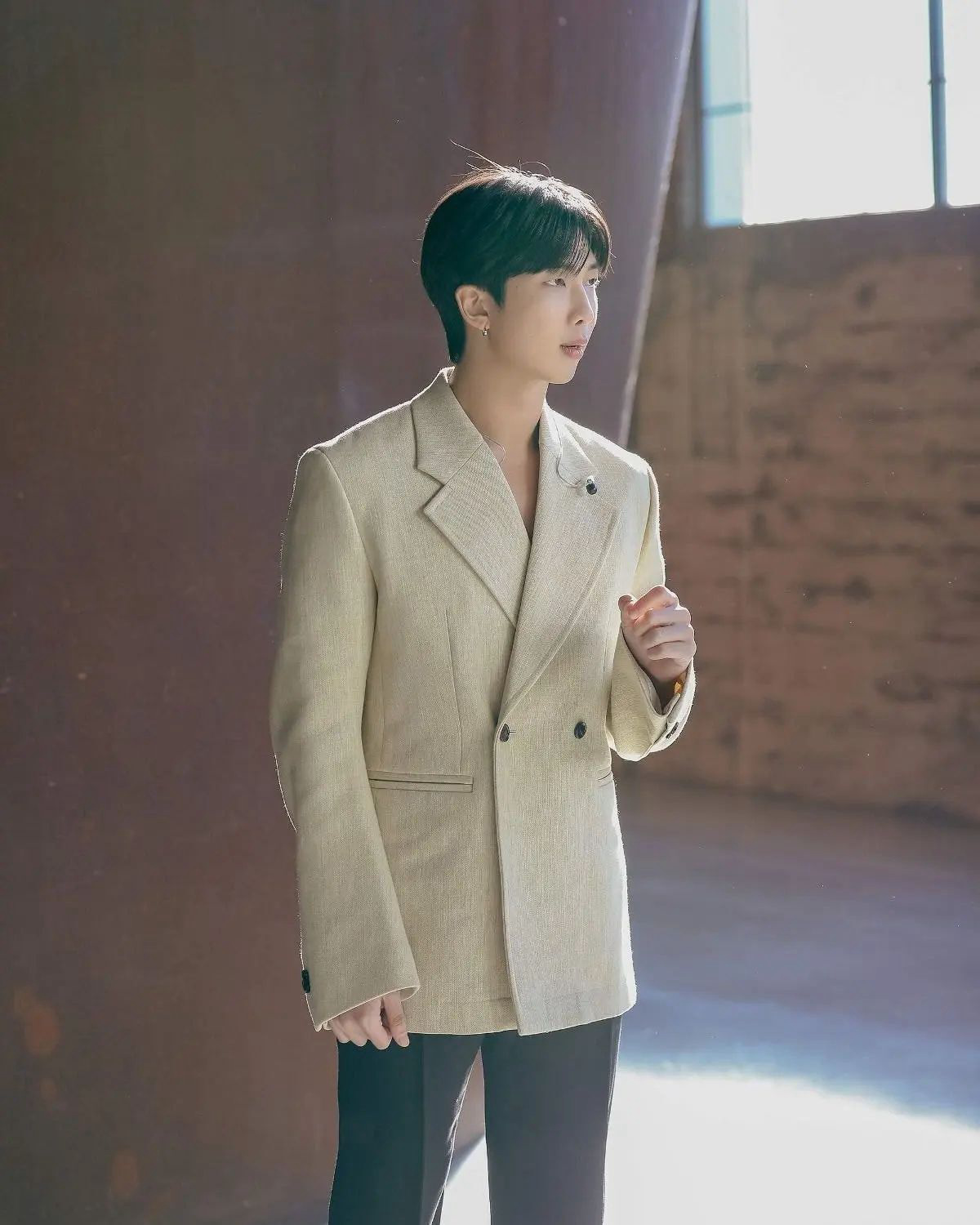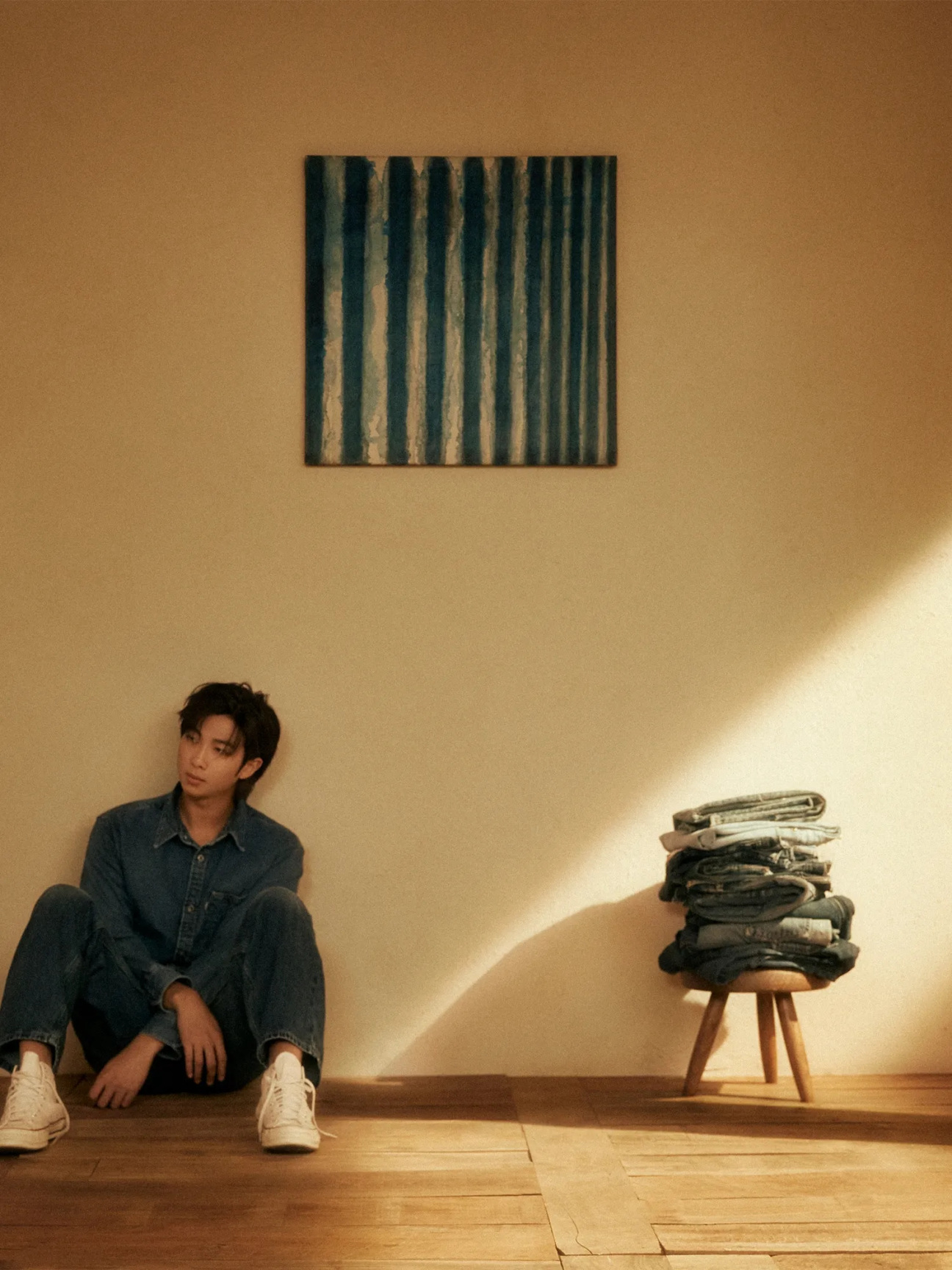
A comeback of sorts, David Zwirner’s current Parisian showing of Yun Hyong-keun debuts works on hanji that the late artist made primarily during a brief period, 1980-82, in France alongside his signature paintings. Having been alternately incarcerated, blacklisted, and under threat of martial law in his native South Korea during authoritarian rule, Yun found relative stability and opportunity to refocus abroad in that brief but influential year-and-a-half. The eponymous show is the first solo presentation of his work in the city since 2006 as well as the first since the surge of international interest in Dansaekhwa beginning in 2013.
Its application still in contention today, Dansaekhwa is a retroactive art historical term that was coined by Korean art historian and critic Lee Yil in 1980 to map the constellation of Korean artists working from the 1960s onwards that responded to the compounded trauma of Japanese colonization, the Korean War, and military dictatorship. Abstract with formal elements legible for audiences familiar with western expression, it is the most known modality of contemporary Korean art in the global landscape. Curator of the National Museum of Modern and Contemporary Art, Korea (MMCA) Kim Inhye notes that Yun was an older and “much-respected artist among the group” who had “developed his idea [of art] and discussed it with his very good friend Lee Yil. In that sense, he can be regarded as a kind of ‘spiritual support’ of a new concept of art of the time.”

Though regarded as one of its preeminent members, Yun declined subscription to the Dansaekhwa movement. “Yun didn’t want to be ‘grouped,’ or ‘categorized,’ by critics and art market people… He wanted to be free,” explains Kim. Surviving oppression and arbitrary penalization, his commitment to strive outside of the fickle agendas of the status quo du jour was at once an act of self-preservation and creation.
The artist wanted his life and work to be seen in his sincerity. “Yun’s belief was that living as a good man was more important than being an artist,” says Kim. “He wrote, ‘Since everything on earth ultimately returns to earth, everything is just a matter of time. When I remember that this also applies to me and my painting, it all seems so trifling.’” The sentiment was echoed in a diary entry from 1977 in which Yun mused that “the criteria that makes a person is also what makes an artist.”

It is a model of integrity that Grammy-nominated musician and songwriter RM (né Kim Nam-joon) cites as being the inspiration for the framework of his Indigo. At 28, RM is part of a generation that PKM Gallery founder and Yun Hyong-keun estate representative Park Kyung-mee says “feels very comfortable and confident about their inherited culture.” He’s also an avid art collector and patron. There is the sense that Yun and artists associated with Dansaekhwa represent a reclamation of heritage and a celebration of what it is to persevere.
A ten-track archive documenting his late 20s, RM’s Indigo is a tribute—as the musician described on the Zach Sang Show—to the painter. Having redefined what success for a South Korean artist can look like with his group BTS—connecting with a record-breaking plurality and dismantling what is possible within the Korean and global music industries—RM is reflective and self-aware on the album. Ten years into the grind of incessant reinvention and gains, Indigo represents an inflection point and possibly also situating where he founds himself.

Sampling archival recordings in which Yun ruminated on the concept of the philosophical good, the first track of Indigo is named after the artist himself, and riffs on his claim that true sorrow is connected to true beauty. The song features Erykah Badu and launches an emotional overture wrestling with the angst of being. The refrain “be a human” is responded to throughout the album ultimately giving way to a dual coda of earthbound sublimity in “Wild Flower” and acceptance of the present path in “No. 2.”
Redolent of hip-hop and rap tradition, RM’s musical initiation, Indigo is an album stacked with guest features. Badu sits next to fellow legends youjeen, parkjiyoon, and Tablo who then share time with Anderson.Paak, Colde, Kim Sawol, Mahalia, and Paul Blanco. Collapsing the binary codes of algorithms and transversing generations, cultures, and genres to cultivate his vibration, RM pays respect to those who made him and pays it forward. Building the table as only he could and holding space for the future as he sees it.
The vision is progressed through a video performance he filmed at Dia Beacon as the centerpiece of his album rollout late last year. Wearing Matthieu Blazy’s Bottega Veneta, RM is at turns dappled by Robert Irwin’s manicured megaliths, confronting the contained destruction of John Chamberlain, silhouetted by Dan Flavin’s sensorial lights, and ambulating around Richard Serra’s ellipses. The collective effect is as if he is an avatar for Yun while performing his tribute; inviting the audience to consider a world in which an artist like Yun would have already been included in the room.



